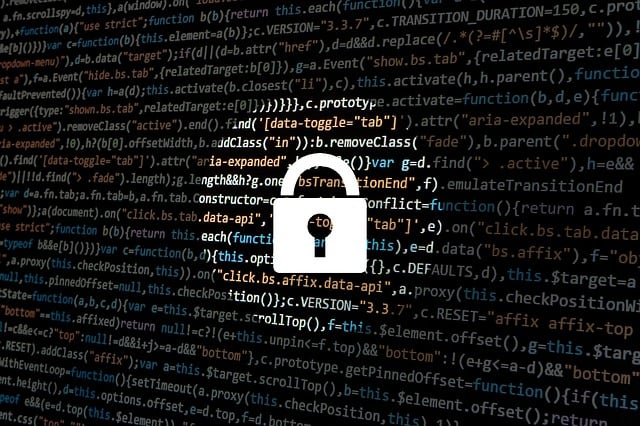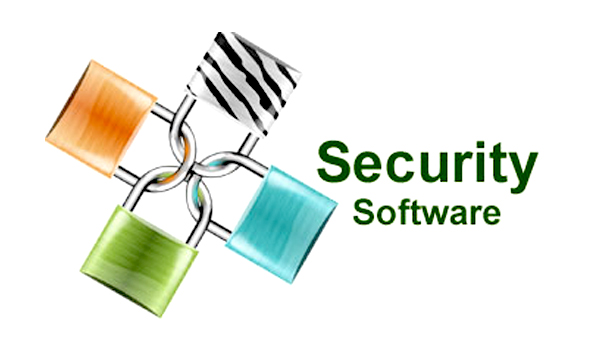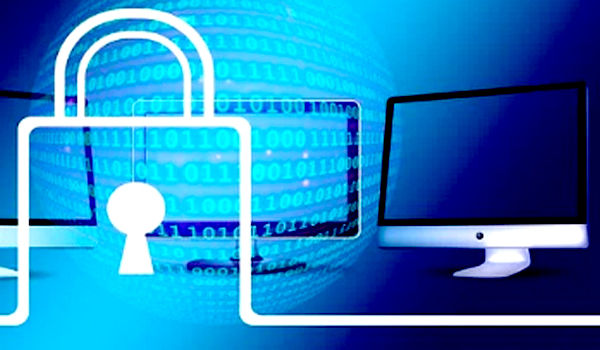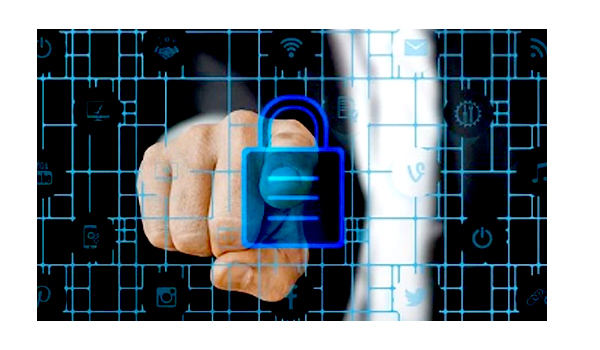Access Control
Access control is a security strategy to make sure users have authorized access to corporate data.
Updated: October 4, 2023

Access control is a security strategy to make sure users have authorized access to corporate data. Physical and virtual access can be restricted for a user unless he/she is eligible and the authentication credentials are valid.
Typically, an access control system involves locked gates, doors, or barriers that can be opened with identity authentication techniques like radio frequency identification (RFID) access cards, PIN codes, face recognition, fingerprints, or smartphones to gain access to a building or particular area. Digital assets of an organization can be protected against online threats and cybersecurity can be improved by managing user authentication and placing relevant user access controls.
Network access control software is designed to control access to corporate networks and help implement policies. Setting and enforcing appropriate user authentication, authorization, role-based access control policies, and attribute-based access control policies are all part of managing access.
Discretionary Access Control (DAC), Mandatory Access Control, Role-Based Access Control, and Rule-Based Access Control are four different types of access control that are used to limit access to a place of residence or employment.
Easier employee access, no need for old-fashioned keys, no unauthorized visitors, 24/7 employee permission and protected data are some of the benefits of access control.



